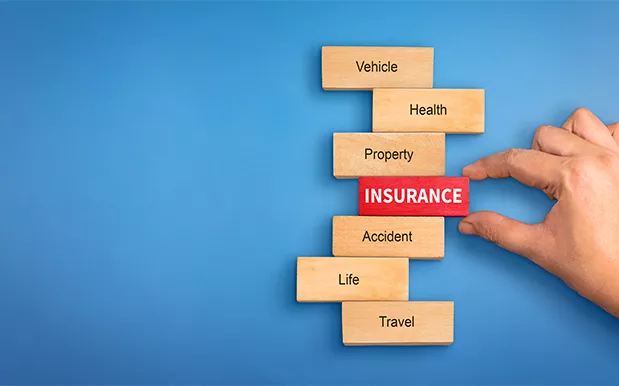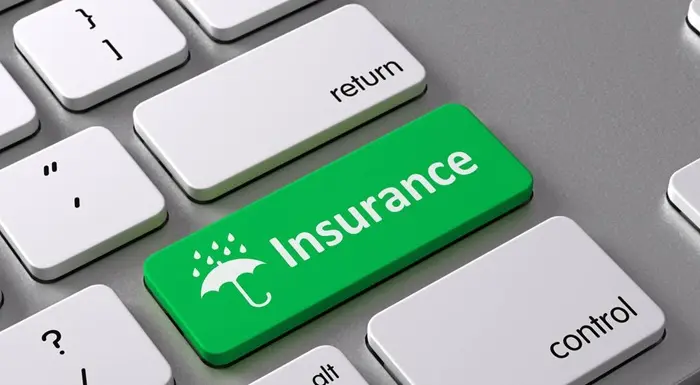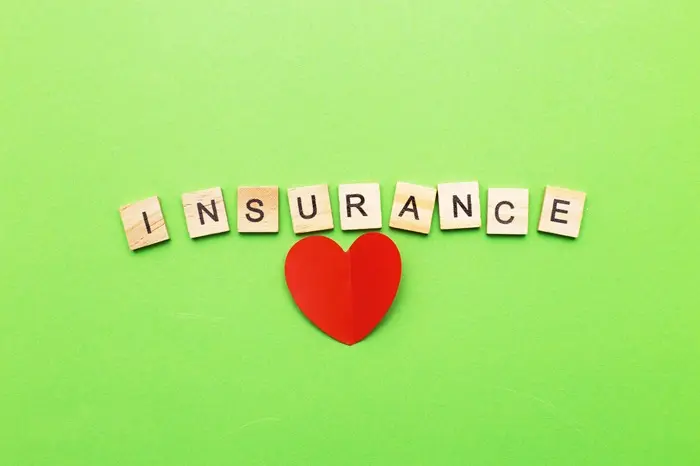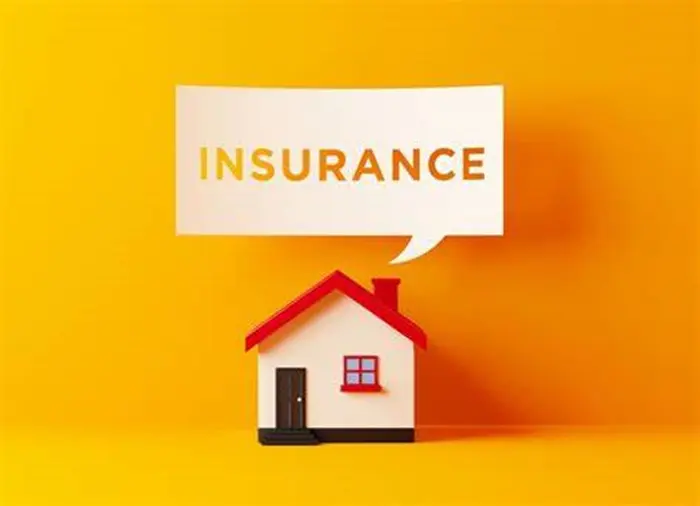Gap insurance is a specialized form of protection designed to cover the difference between what a vehicle owner owes on a loan or lease and the actual cash value of the vehicle in the event of a total loss. This difference, commonly referred to as the “gap,” can leave car owners vulnerable to significant financial burdens if their car is stolen, totaled, or otherwise declared a total loss by an insurance company.
In today’s dynamic Insurance Market, gap insurance has become increasingly relevant due to rising car prices, longer loan terms, and rapid depreciation rates. Many consumers may not realize that their standard auto insurance policy only reimburses the vehicle’s market value at the time of loss — which can be significantly less than what is still owed on a loan or lease.
This article offers an in-depth exploration of gap insurance, covering its definition, how it works, who needs it, costs, benefits, and potential drawbacks. We will also discuss practical considerations for purchasing gap insurance and how it fits into the broader landscape of vehicle protection. Whether you are a first-time buyer, a seasoned driver, or an insurance professional, understanding gap insurance is essential to avoid unexpected financial exposure related to your vehicle.
What Is Gap Insurance?
Gap insurance, also known as Guaranteed Asset Protection insurance, is designed to pay the difference between your car’s actual cash value (ACV) and the remaining balance on your auto loan or lease if your vehicle is declared a total loss. This insurance helps ensure that you are not left paying out-of-pocket for a car you no longer have.
When a car is involved in a severe accident, stolen, or damaged beyond repair, a standard auto insurance policy reimburses you for the current market value of the vehicle — which often depreciates quickly. However, the outstanding loan or lease amount might be higher than this value, especially in the early years of the loan. Gap insurance covers this shortfall.
How Does Gap Insurance Work?
In the event of a total loss, your standard auto insurer will evaluate the vehicle’s ACV at the time of the incident. This amount reflects the market value considering depreciation, condition, mileage, and other factors. If the loan or lease balance exceeds the ACV, the difference is the “gap.”
Without gap insurance, you would be responsible for paying this difference out of pocket. If you have gap insurance, it will cover this shortfall after your primary insurer pays the ACV. This protects you from unexpected financial loss.
Who Needs Gap Insurance?
Gap insurance is particularly important for:
New Car Buyers: Vehicles depreciate most in the first few years, so loan balances can exceed value quickly.
Leaseholders: Leases often require gap coverage as a condition of the contract.
Drivers with Small Down Payments: Low down payments mean you owe more on the car relative to its value.
Long-Term Loan Holders: Extended loan terms delay equity buildup, increasing the risk of negative equity.
If you fall into one or more of these categories, gap insurance may provide essential financial protection.
When Is Gap Insurance Most Useful?
Gap insurance is most beneficial during the first few years of car ownership, especially when:
The vehicle’s value depreciates faster than the loan balance reduces.
There is little or no equity built in the vehicle.
Loan or lease terms extend beyond typical depreciation timelines.
The vehicle experiences a total loss due to accident, theft, or natural disaster.
Understanding these timing factors helps consumers make informed decisions about purchasing gap coverage.
Costs and Pricing Factors of Gap Insurance
The insurance price for gap insurance varies based on multiple factors:
Vehicle Make and Model: Higher-value or faster depreciating cars may have higher gap insurance costs.
Loan or Lease Terms: Longer terms generally increase the risk and cost.
Purchase Method: Buying gap insurance through your car dealer, insurance company, or financial institution can affect price.
Geographic Location: Regional factors and local risk profiles impact pricing.
Typically, gap insurance premiums are modest relative to the financial protection they offer.
Where to Purchase Gap Insurance
Gap insurance can be purchased from various sources, including:
Auto Dealers: Often offered as an add-on at the time of sale or lease.
Auto Insurance Companies: Many insurers provide gap coverage as part of or an addition to existing auto policies.
Financial Institutions and Lenders: Sometimes offered as part of loan agreements or as an optional product.
Comparing prices and terms from these sources is recommended to ensure the best coverage and cost.
Benefits of Gap Insurance
The key advantages of gap insurance include:
Financial Protection: Covers the shortfall between loan balance and vehicle value.
Peace of Mind: Prevents unexpected out-of-pocket expenses after a total loss.
Compliance with Lease Agreements: Many leases require gap insurance.
Affordable Coverage: Typically inexpensive compared to potential losses.
These benefits make gap insurance a prudent choice for many car owners.
Potential Drawbacks and Considerations
Despite its advantages, gap insurance may not always be necessary or cost-effective:
Limited to Total Loss: It does not cover repair costs or partial damage.
Not Needed if Loan Balance Is Low: If your car’s value exceeds the loan balance, gap insurance may be redundant.
Cost Over Time: Paying for gap insurance over a long period without a claim may not be economical.
Duplicate Coverage Risk: Some full coverage auto policies include gap coverage.
Consumers should evaluate their individual financial situations and loan terms before purchasing.
How to Determine If You Need Gap Insurance
To decide whether gap insurance is right for you, consider:
Your loan or lease terms and balance relative to your vehicle’s expected depreciation.
Your ability to cover any potential financial shortfall out of pocket.
The cost of gap insurance compared to the risks you face.
Lease contract requirements and insurer policy details.
A thoughtful risk assessment will guide a well-informed decision.
Gap Insurance in the Broader Insurance Market
Gap insurance is one component of the wider auto insurance landscape. As part of the evolving insurance trading environment, gap coverage addresses a niche but crucial risk. Awareness of available options and market trends empowers consumers to optimize their vehicle protection strategies.
Conclusion
In conclusion, gap insurance provides vital financial protection for vehicle owners facing the risk of total loss where their loan or lease balance exceeds the car’s market value. With rising vehicle costs and longer financing terms becoming commonplace in today’s Insurance Market, this coverage ensures that drivers are not left with a costly debt after losing their vehicle.
Understanding how gap insurance works, who benefits most from it, and where to buy it equips consumers to make informed choices tailored to their financial circumstances. While it may not be necessary for everyone, for many car owners it offers peace of mind and prevents unexpected financial hardship.
When considering vehicle insurance options, evaluating gap insurance should be part of a comprehensive approach to risk management and financial planning.
Related topics:































